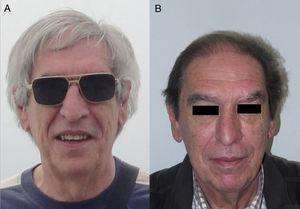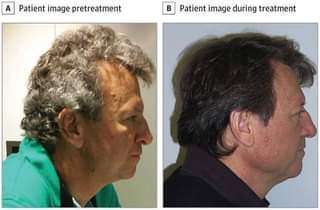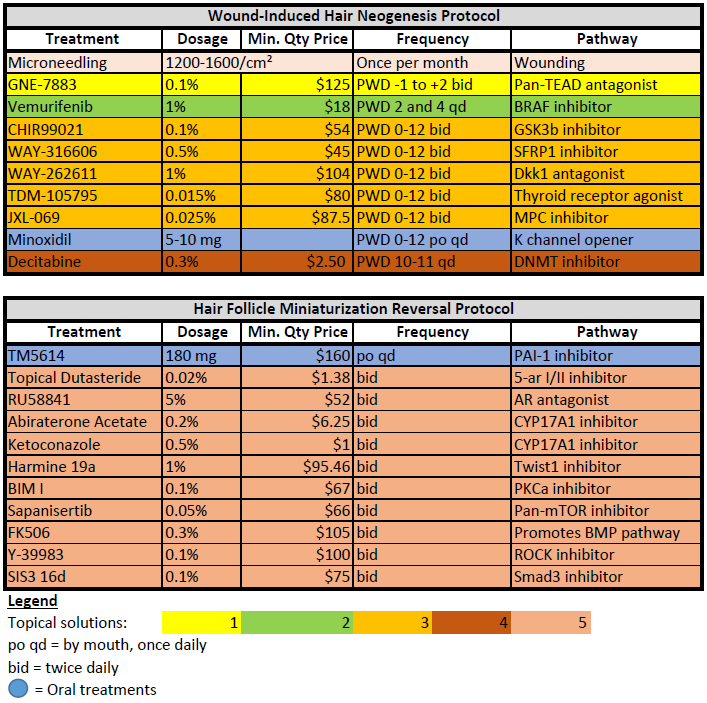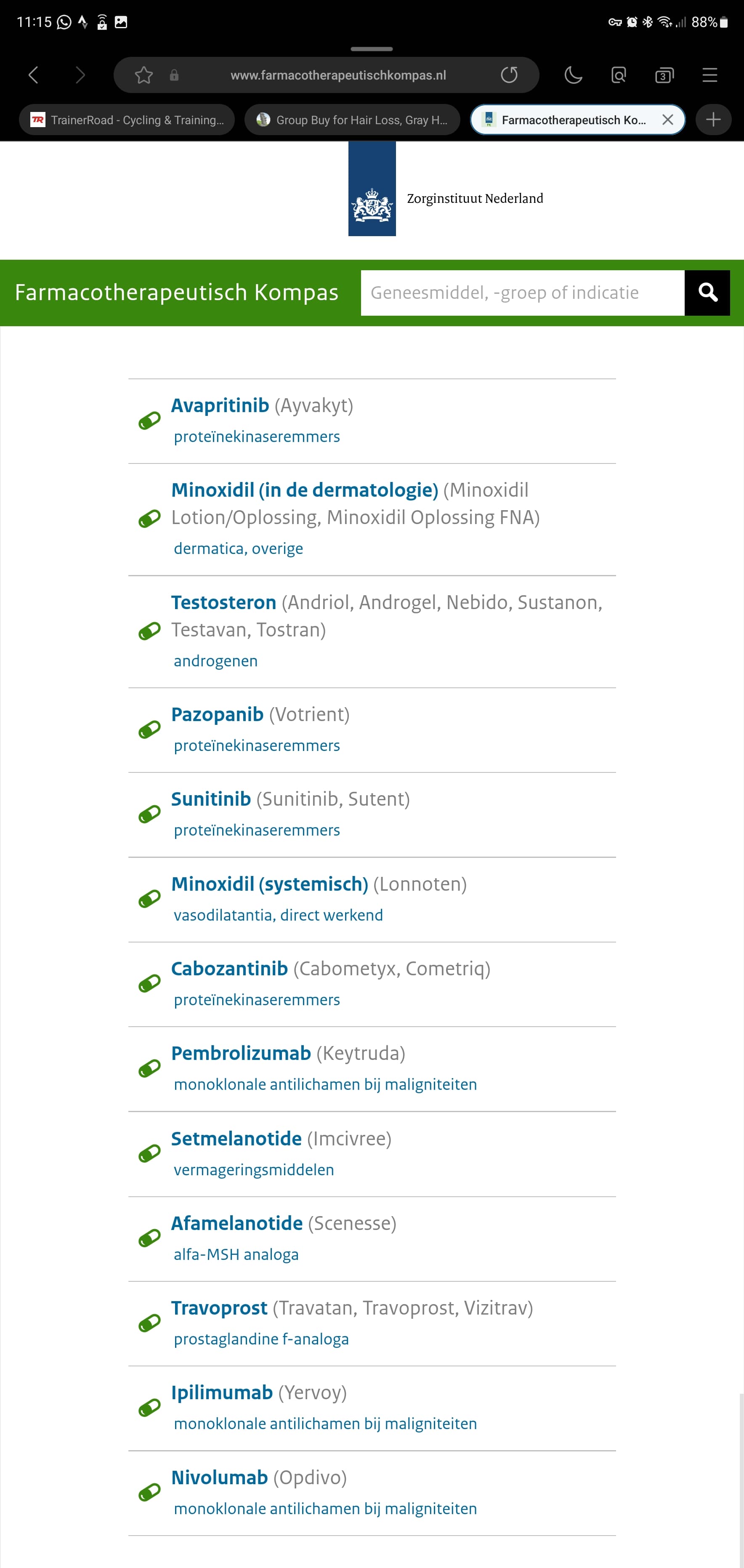Hi guys, I’m part of a group researching male pattern baldness, and experimenting with various new compounds. We also have an interest in anti-aging in general. We are conducting a large group buy for various compounds that target hair loss from every angle, combining everything we have learned over the years. I was told that you guys might be interested in some of the things we are buying, mainly a compound that I believe will reverse gray hair more effectively than rapamycin. The compound is called BMS-202. It is a small molecule PD-1/PD-L1 inhibitor that can be applied topically.
PD-L1 regulates quiescence of melanocyte stem cells. PD-L1 inhibitors are in use for treating lung cancer. A very obvious side effect of the drug is hair repigmentation, as seen in this case report.
In this case series we report 14 patients with hair repigmentation during their anti–PD-1/anti–PD-L1 treatment for lung cancer.
This study came out earlier this year showing that melanocyte stem cells dedifferentiate after the hair cycle, and return to the bulge where they are quiescent until the next hair cycle. With each hair cycle, some of these McSCs get stuck in the bulge, and no longer migrate to the proliferating hair matrix. This preprint finds that quiescence of these melanocyste stem cells in the bulge is regulated by PD-L1 on the cell surface, and the longer they remain quiescent the harder they are to activate. mTOR actually primes them for activation. I would guess the reason rapamycin works despite that is because it also inhibits PD-L1.
At a minimum, we anticipate that PD-L1mem+ qMcSCs are a viable, in-situ population of deeply quiesced cells that have the potential to be targeted for improved tissue regeneration, which in this case means hair repigmentation. More broadly, evaluating the role of PD-L1 signaling by other G0 stem cell populations, like muscle stem cells (Figure 2e), is also warranted.
Here are pictures of men receiving PD-L1 antibodies during lung cancer treatment.


we show that prolongevity intervention rapamycin downregulates PD-L1 in senescent cells. Last, we found that PD-L1 is upregulated in several tissues in naturally aged mice and in the lungs of idiopathic pulmonary fibrosis patients. Together, our results report that senescence and aging are associated with upregulation of a major immune checkpoint molecule, PD-L1. Targeting PD-L1 may offer new therapeutic opportunities in treating senescence and age-associated diseases.
If anyone wishes to participate in the group buy, you can message me or join the group buy server on Discord. The price for BMS-202 is $75/300mg.
discord group now closed
The other compound we are ordering that you all might be interested in is TM5614, a PAI-1 inhibitor. It is probably a better anti-aging drug than rapamycin. Amish people who are heterozygous for the gene encoding PAI-1 live 14 years longer than their brethren with normal PAI-1 levels.Some of us are on this drug already, and have noticed improved skin, improvement in psoriasis, less overall inflammation, improvement in glaucoma, and increased hair growth.
We are also ordering sapanisertib, a pan-mTOR inhibitor. This probably isn’t good for longevity if used chronically, but a short course of treatment might be beneficial now and then.
These are the compounds we are ordering for hair loss, with the price for the minimum order. We are also ordering KDS2010, a new MAOB inhibitor which increases fat metabolism. It is entering clinical trials for many neurodegenerative diseases and obesity. Another drug that some people have used successfully for AD, autism, and TBI, is ISRIB. We are ordering the improved version of that, ABBV-CLS-7262, which is in clinical trials for ALS. Also, we are ordering tadalafil, 3g for $3.
Some of these compounds could be very useful in the treatment of various cancers, diabetes, and AD. So if you know anyone who is suffering from those conditions, feel free to share with them.

